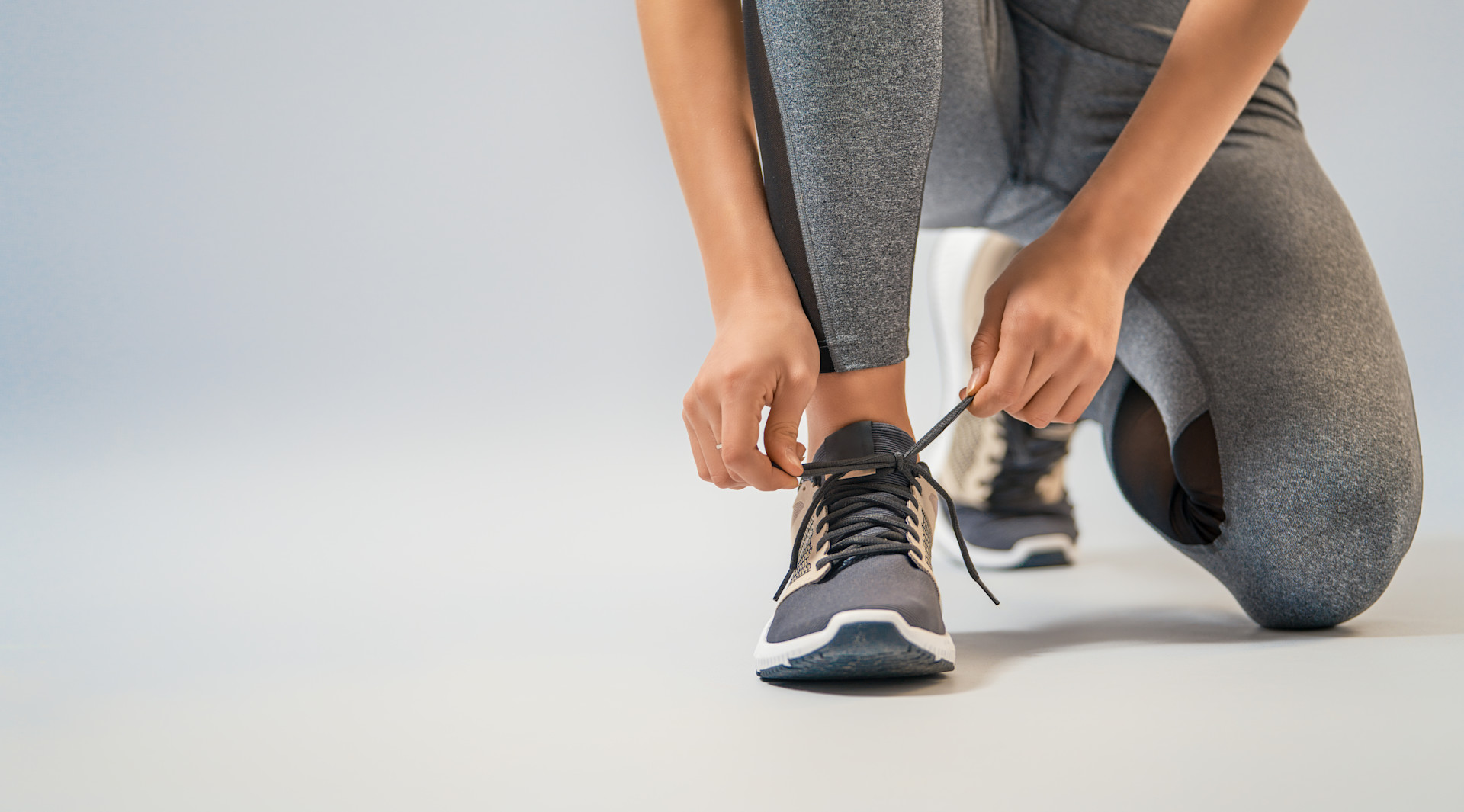Depth Jump Exercise Guide: How to Do Depth Jumps Properly
Written by MasterClass
Last updated: Jun 24, 2021 • 4 min read
If you’re a sprinter or a volleyball or basketball player, consider adding depth jumps to your speed-strength training routine.
Learn From the Best
What Are Depth Jumps?
Depth jumps are an advanced variation of the vertical jump that can be included in your plyometric training program. Perform depth jumps by standing toward the edge of a plyo box or elevated surface. Step off the box, landing in a quarter squat position. Push into the ground to explosively jump into the air and extend your arms above your head. Land softly while engaging your core. Repeat this movement for the desired amount of time.
How to Do Depth Jumps With Perfect Form
For depth jumps, begin by performing 2–4 sets of 5–8 repetitions. Choose your sets and repetitions based on your ability to maintain good technique throughout each set.
- 1. Stand on top of a 12–18-inch plyometric box with your feet shoulder-width apart and a slight bend in your knees. Your shoulders should be directly over your hips with a neutral head and neck position. Your chin should remain tucked throughout the movement, as if you were holding an egg under your chin.
- 2. Evenly distribute your weight and grip the floor with your feet to create a stable position. Your arms should remain long by your sides with a slight bend in your elbows. Pre-tension your shoulders and hips with a good inhale and exhale, and engage your core. All repetitions should begin from this starting position.
- 3. Step foward off the box and land in a quarter squat position to prepare to jump. Your shin angle and torso angle should be relatively the same.
- 4. Upon landing, your arms should be long with a slight bend in your elbows and your hands traveling behind your body. Immediately after landing, begin your upward movement by explosively pushing your feet through the ground to jump straight up into the air.
- 5. As you begin to straighten your legs, simultaneously swing your arms forward. At the top of your jump, your arms should be above your head with your upper arms in line with your ears, and your legs should be straight. Focus on minimizing the time spent on the ground after stepping off the box.
- 6. Land from your jump on the balls of your feet and evenly distribute your weight along your entire foot while allowing your hips and knees to bend to absorb force. Your bodyweight should be loaded into your midfoot and heel while keeping your toes engaged. Your knees should be in line with your toes.
- 7. Land softly on the ground while keeping your core engaged throughout the landing. Your landing posture should be the same as your jumping posture.
- 8. Step back up onto the box, and repeat for the desired number of repetitions.
3 Benefits of Depth Jumps
Regularly practicing depth jumps can have several benefits.
- 1. Depth jumps strengthen your lower body. The depth jump activates muscles across your lower body, including your glutes, hamstrings, and quadriceps.
- 2. Depth jumps can increase your explosive strength. With practice, depth jumping can increase your explosive power, improving your reactive strength, jumping ability, and sports performance.
- 3. Depth jumps are a versatile home workout. Similar to other plyometric exercises, depth jumps are a great exercise to practice at home.
4 Depth Jump Variations
Once you’ve mastered the standard depth jump, consider including one of these variations in your jump training program.
- 1. Weighted depth jumps: For an additional challenge, hold a kettlebell or medicine ball while performing depth jumps.
- 2. Lateral depth jumps: Practice this variation by stepping laterally off the side of the box rather than forward.
- 3. Single-leg depth jump: Perform this single-leg jump variation by stepping off the box and jumping forward on one leg.
- 4. Drop jumps: To perform drop jumps, use a low box and even less ground contact time than a standard depth jump, only bending your knees slightly at the bottom of the jump.
How to Work Out Safely and Avoid Injury
If you have a previous or pre-existing health condition, consult your physician before beginning an exercise program. Proper exercise technique is essential to ensure the safety and effectiveness of an exercise program, but you may need to modify each exercise to attain optimal results based on your individual needs. Always select a weight that allows you to have full control of your body throughout the movement. When performing any exercise, pay close attention to your body, and stop immediately if you note pain or discomfort.
To see continual progress and build body strength, incorporate proper warm-ups, rest, and nutrition into your exercise program. Your results will ultimately be based on your ability to adequately recover from your workouts. Rest for 24 to 48 hours before training the same muscle groups to allow sufficient recovery.
Want to Dive Deeper Into Your Wellness Journey?
Throw on some athleisure, fire up a MasterClass Annual Membership, and get ready to sweat it out with exclusive instructional videos from Nike Master Trainer and GQ fitness specialist Joe Holder. Want to improve your cardiovascular endurance? Give Joe’s HIIT workout a go. Trying to get a little swole? He’s got a strength training workout for that. From fitness tips to nutrition hacks, Joe will have you feeling healthier in no time.
